Breaking through in travel advertising is no easy task; we chronicle all the quality and even questionable attempts of destinations and travel companies to attract customers and visitors via video each week.
But as travel competition heats up in this over-saturated media messaging world, tourism organizations are pushed to come up with more creative ways to attract tourists. Ambient advertising, in which agencies take their messages offline and onto real-life objects, has experienced a boom among tourism organizations in the past year.
Ambient campaigns give travel and tourism organizations several opportunities to reach potential travelers face-to-face. Once in the location where phone booths, QR codes, and comment boxes are set up, and again when a video chronicling the event goes online. The best of ambient campaigns delight with their creativity in situ and have the right mix of digital tools to connect with these customers.
It also gives them the opportunity to interact with potential visitors who end up promoting the destination via tweets and photos of the novel offline experience.
Below, we’ve complied 14 examples of clever ambient travel and tourism campaigns from this year that include bananas acting as tourism ambassadors, 500-year-old cobblestone becoming QR codes, and Austrian Advent calendars singing out into Italian squares.
Johannesburg Zoo
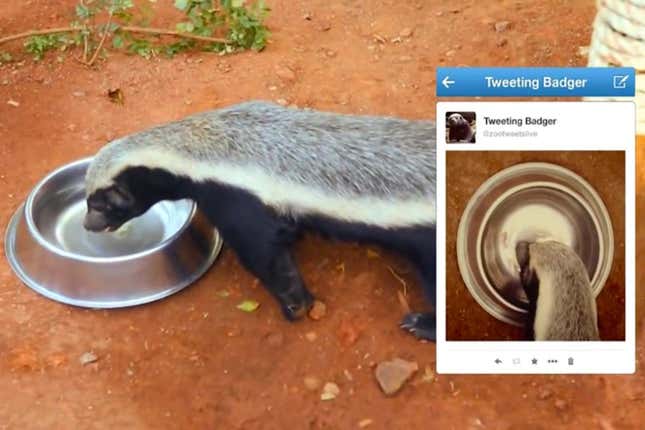
Earlier this summer, the Johannesburg Zoo launched an innovative campaign featuring live tweets from its resident badger and mascot, BG. The digital agency Hellocomputer set up motion-triggered sensors at several spots in BG’s enclosure that, when activated, send out one of thousands of pre-written tweets corresponding to each area of the enclosure. The twitter account @zootweetslive launched on June 14 and already has more than 9,455 followers.
Ecuador Ministry of Tourism
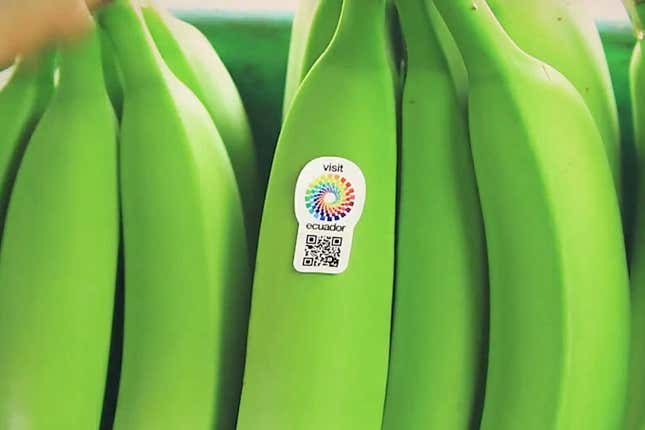
Ecuador’s Ministry of Tourism turned to one of its largest exports, bananas, to attract tourists. Colorful QR code stickers were placed on every banana that left the country. The QR codes led snackers to a video promoting different adventures and directed viewers to the official tourism website of Ecuador.
Visit Portugal
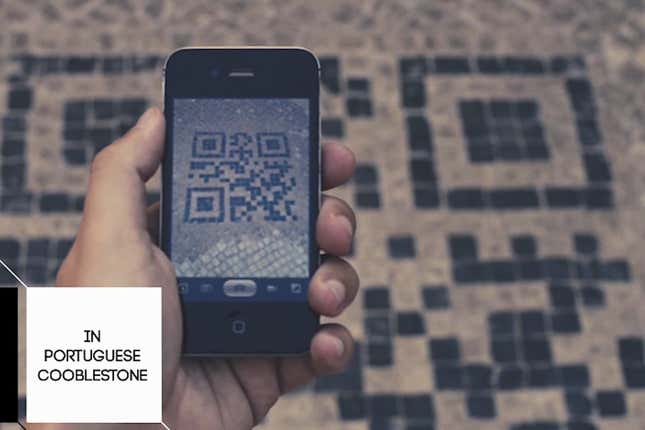
Turismo Portugal launched a campaign in fall 2012 that turned 500-year-old cobblestone into QR codes. The tourism organization created QR codes in Portugal and Barcelona that led viewers to online content describing Portugal’s history, its individual neighborhoods, and cultural events.
British Airways
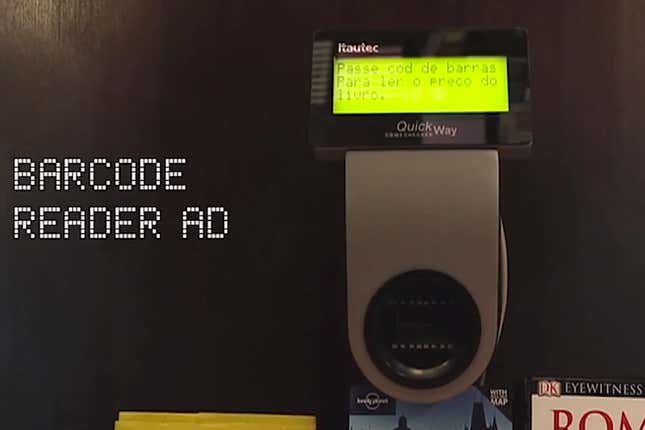
British Airways wanted to correct Brazilians’ perception that the carrier only flies to the UK. To reach people who were getting ready to book a trip, BA rigged the barcodes of travel guides so that Brazilians who went to check out a book would see rates for British Airways flights to the location they were researching.
Victoria Calling
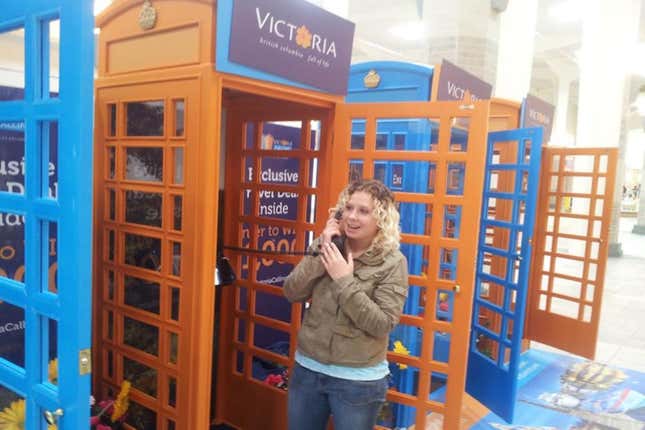
The tourism organization for Victoria, British Colombia literally called potential visitors up on the phone when it set up several phone booths in the middle of a shopping mall. Some shoppers ventured into the stands where they could view a sampling of Victoria activities on tablets and enter to win $1,000 towards a trips. Others were drawn into the stall by a ringing phone where Victoria Calling would give prizes to the responder.
Surfrider Foundation Morocco
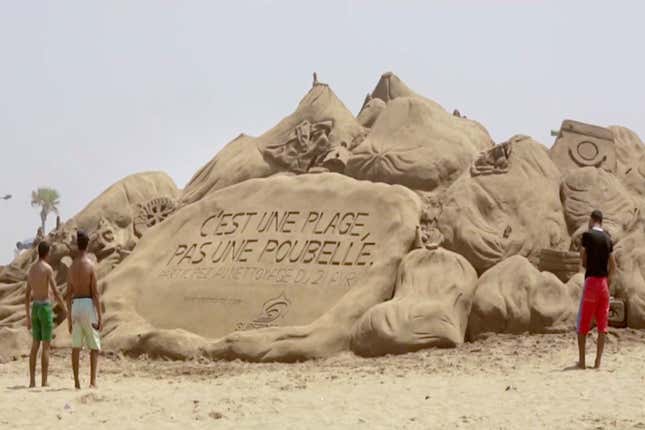
Surfrider Foundation Morocco hired invited artists to raise awareness of beach pollution by creating a giant sand sculpture of garbage in the middle of the beach. Photos of the sand sculpture spread throughout social and Moroccan media gaining sympathizers for the clean-up movement. The effort culminated with an event in which thousands came out to collect garbage from the Casablanca beach.
Vancouver Aquarium
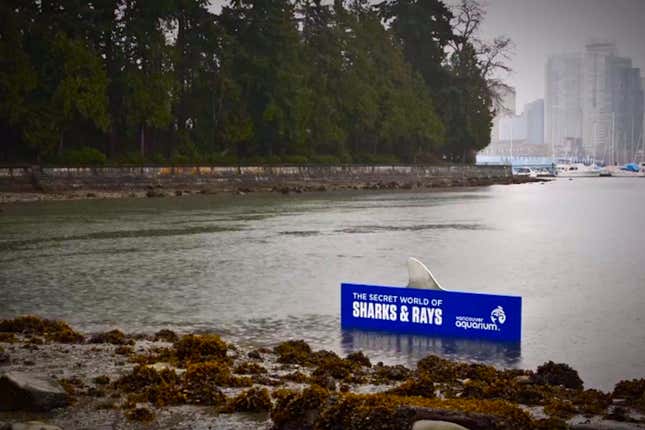
Vancouver Aquarium shocked and amused city dwellers this spring with the marketing used to attract visitors to a new exhibit, The Secret Life of Sharks and Rays. A shark fin appeared in the lake of Vancouver’s popular Stanley Park; a sign promoting the exhibit was revealed when the tide went down. Photos of the fin circled on social media giving the aquarium a huge promotional boost.
Vibetunes
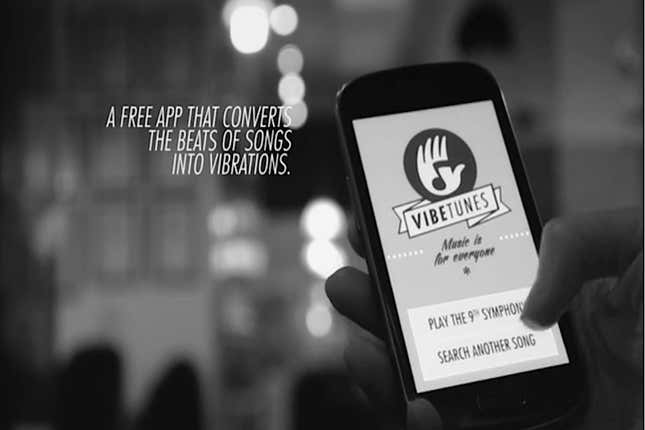
Cartagena International Music Festival wanted to raise awareness of its events and show that it’s mantra, music is for everyone, was true. It teamed up with ad agency Y&R Colombia to create Vibetunes, a music player for the deaf. The mobile app turns music frequencies, or beats, into vibrations that can be felt through users’ smartphones.
Ryanair
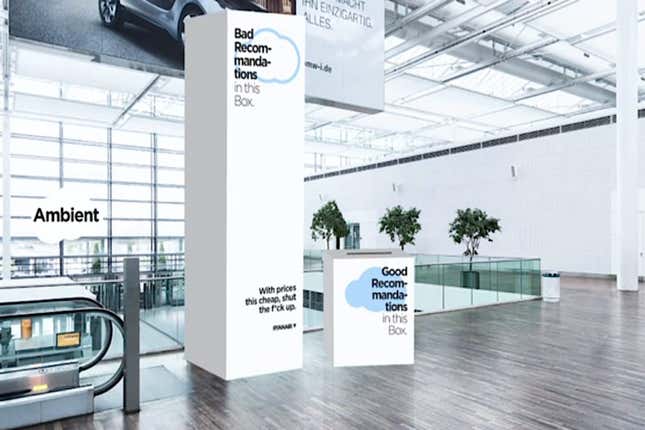
This campaign, created by students at the Miami Ad School in Berlin, will never be adopted by Ryanair. The concept argues that flyers continue to complain about Ryanair’s uncomfortable flights and onboard fees despite cheap rates, and that Ryanair should really just tell passengers, “With prices this cheap, shut the f*ck up.”
The concept includes a physical component in which two boxes for compliments and complaints are placed in the airport. The catch? The complaints box would be too tall to reach and have an internal shredder.
Bologna Welcome
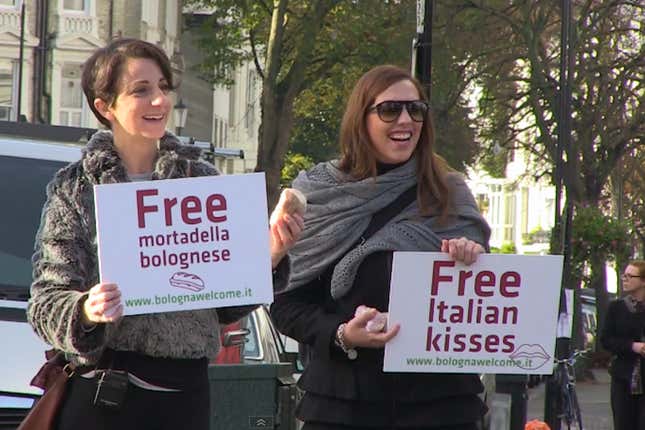
Bologna Welcome, the tourism information service for the Italian Municipality of Bologna, launched a campaign this winter that offered free trips to British travelers who agreed to tweet, Facebook, and foursquare their stays. To promote the opportunity, two Italian girls went out into the London streets with free mortadella bolognese sandwiches and free kisses.
Austrian Tourist Office
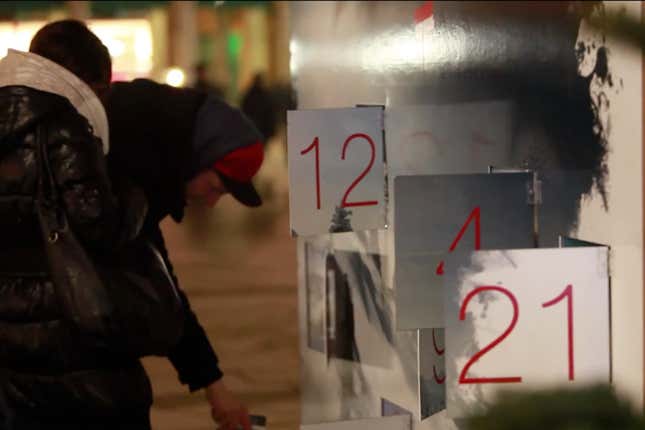
The Austria Tourism Board brought its holiday traditions to Italy and set up a live musical Advent calendar in Milan’s famous Duomo square. Thousands looked on as a new person directed a 24-person orchestra each night of December.
World Wildlife Fund
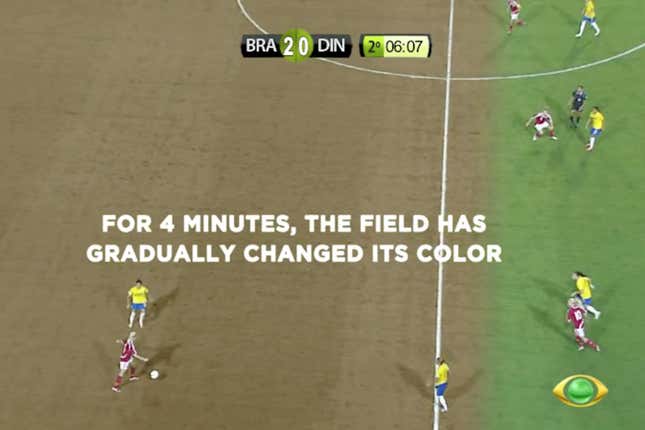
The World Wildlife Fund Brasil (WWF) wanted to call attention to the football field size piece of forest that is destroyed every four minutes in Brazil. During the live broadcast of a Brazil versus Denmark soccer match, the WWF orchestrated a stunt that gradually turned the field brown. Four minutes went by before the entire field looked like dirt. Viewers were then prompted to visit wwf.org.br to see how they could help. Website traffic increased 73 percent after that match.
Ventspils, Latvia
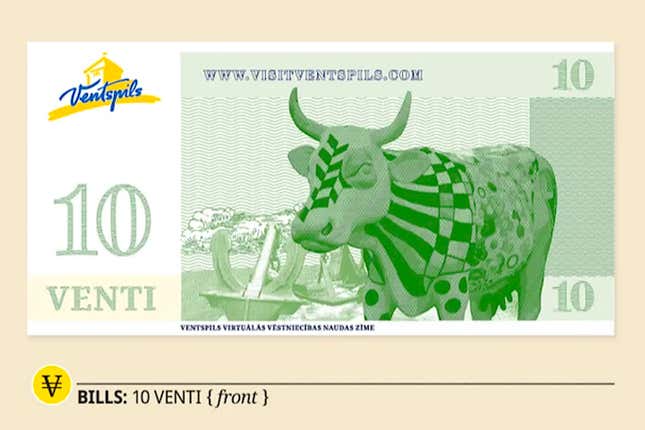
Ventspils, a city in northwestern Latvia, made headlines when it launched its own currency, ventis. The city set up a “virtual embassy” where people could earn the new currency by sharing photos from a trip to Ventspils or creating their own sightseeing route. Any ventis collected on the website could be used at tourist attractions, hotels, and cafes throughout the city.
News that Ventspils was printing its own currency started a controversy that took over headlines as far as neighboring nations in Estonia, Lithuania, and Russia. The news had the added effect of promoting travel to the Ventspils. Ten million ventis have ended up in circulation and people in 16 counties have already used the new bills.
Latvia Bike Laws
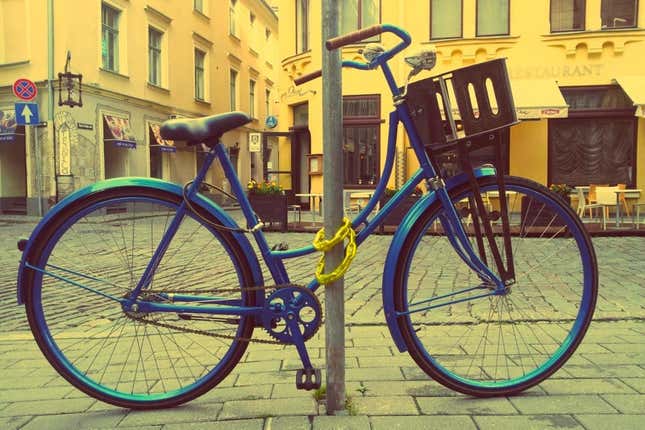
Latvia’s weekly IR Magazine launched a campaign to convince Latvian police to change state laws that made it easy for bike thieves to get away with their theft. They found the most popular spots for stealing bikes and placed three bikes with GPS trackers in these spots and set up a website where the community could watch where and when a bike was stolen. On the first day a bike was stolen, the thief was captured, and quickly let out of jail prompting the police and state to reconsider laws.
Samantha Shankman is a reporter at Skift.
We welcome your comments at ideas@qz.com.
This originally appeared at Skift. More from the travel site:
Spirit Airlines turns Anthony Weiner’s sexting scandal into a sale, again
